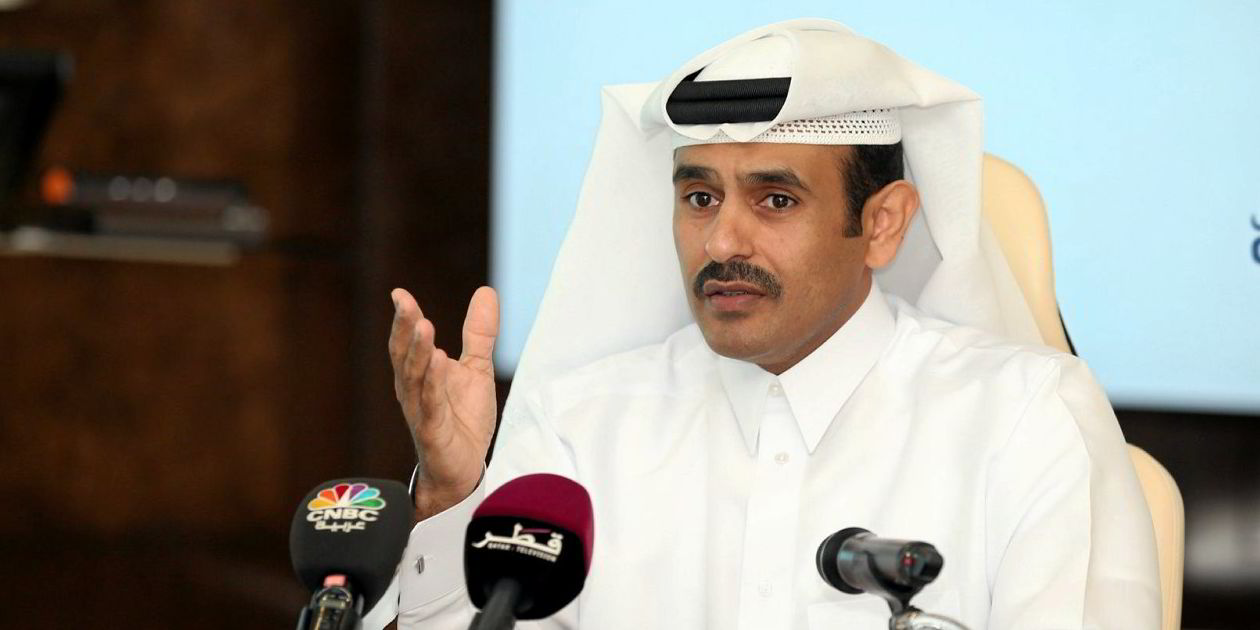Two years of record LNG carrier newbuilding deliveries at a time of slow growth for liquefaction capacity could leave the fleet under-utilised in the near future, according to Fearnleys.
Speaking at the Astrup Fearnley Shipping & Energy Conference, Fearnleys LNG shipping advisor Ina Arneson said the current LNG carrier orderbook is very large at 269 vessels, largely driven by the 170 newbuildings contracted in 2022.
Arneson said 2024 and 2025 will be record years for LNG newbuilding deliveries. But this will not be matched by liquefaction capacity which will not start to grow significantly until later in 2025 and into 2026.
“We do see these vessels coming a little earlier than the volumes,” she said. “That could result in some fleet under-utilisation in 2024 and 2025.”
But she added that this balance would likely tighten from 2026 and in 2027 more than the 17 vessels currently on order will be needed to support the LNG volume growth.
Arneson also flagged up that liquefaction capacity traditionally comes on stream later than planned while vessels are on time, giving the potential to push that later demand for vessels further out.
She also highlighted that 45% of the LNG carrier fleet is either steam turbine or slow-speed diesel-driven, which will offer additional fleet replacement demand in the coming years.
Arneson said the 2023 LNG shipping market is very dependent on the trade flows but European demand remains firm.
She said 32 LNG newbuildings are scheduled for delivery in 2023 which “matches quite well” with the 17 million tonnes of new liquefaction capacity due on stream. Both ships and LNG volumes skewed towards the year-end.
But she added that returning Far East demand and colder weather could make fundamental LNG shipping supply-demand tighter in 2023 than the previous year.
The analyst also said there are also “many dry docks” scheduled for LNG tonnage in 2023.
She said this may leave little scope for floating cargoes or slow steaming of vessels as was seen in 2022 and prompt a move to “more efficient trading”.

Also assessing the 2023 LNG market on Wednesday, Poten & Partners head of data analytics Kristen Holmquist forecast a total global LNG demand increase of about 19m tonnes for the year.
She said this would be higher but there are as limits on the new supply growth.
Holmquit said Europe’s LNG storage is likely to be “sufficient” in 2023 and looks set to end March at the high end of the range. “Overall Europe is expected to be in very good shape,” she said.
She believes the US will continue to send large volumes of LNG to Europe during 2023, particularly as the region will have even lower pipeline imports this year than in 2022 due to the loss or Russian pipeline gas.
Poten is forecasting a rise in Chinese LNG imports of around 6m tonnes this year but said this will still be below the 9.5m-tonne increase seen for the country in 2021.
Holmquist also sees increased LNG imports for southeast Asia, where the Philippines is due to start importing and the potential for demand to return in Brazil.
She said new LNG supply growth will be low this year with just 20 mt due onstream as exports from the Coral-Sul FLNG unit off Mozambique ramp up, Freeport LNG restarts, Tortue FLNG comes onstream and with improved operations and fewer outages at existing facilities.







